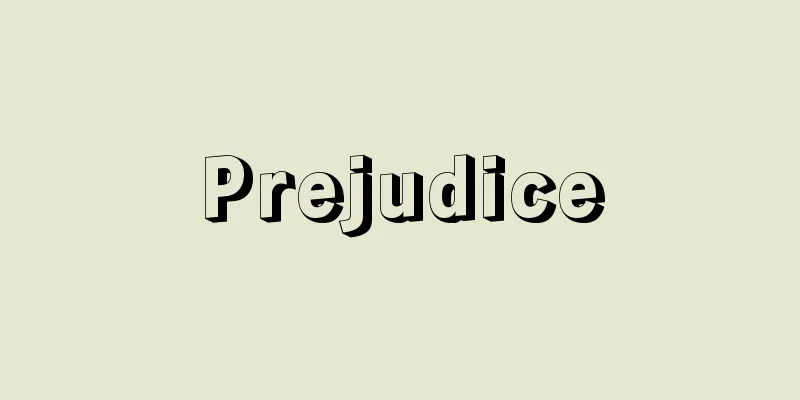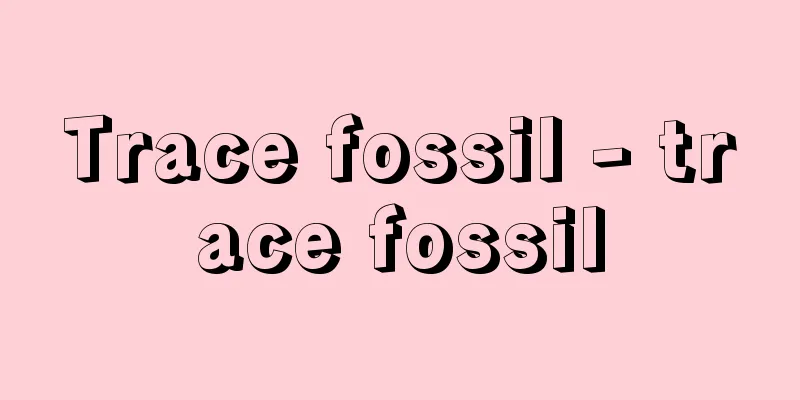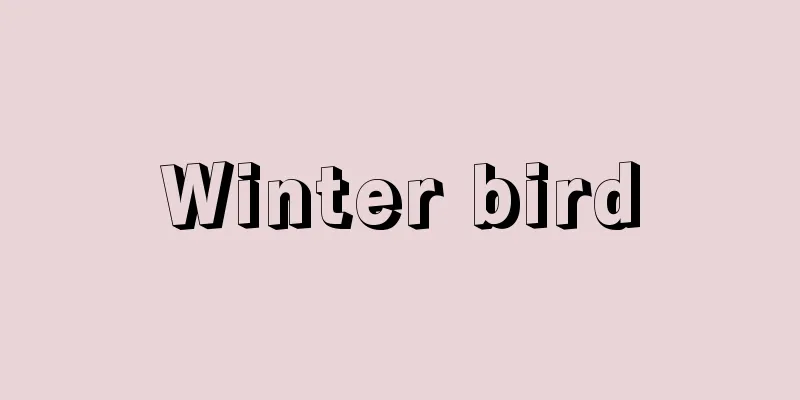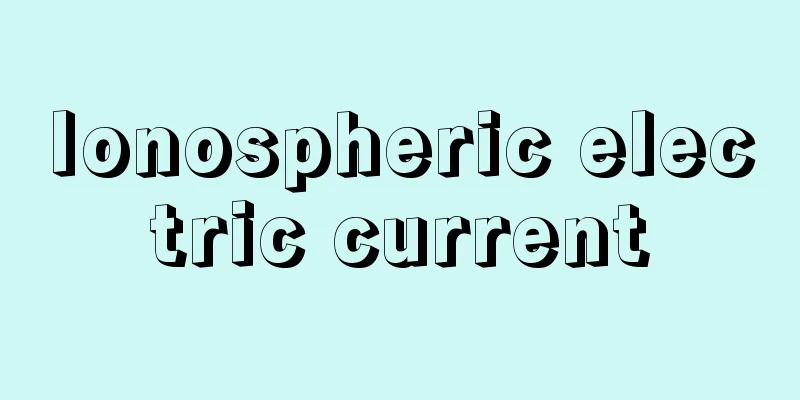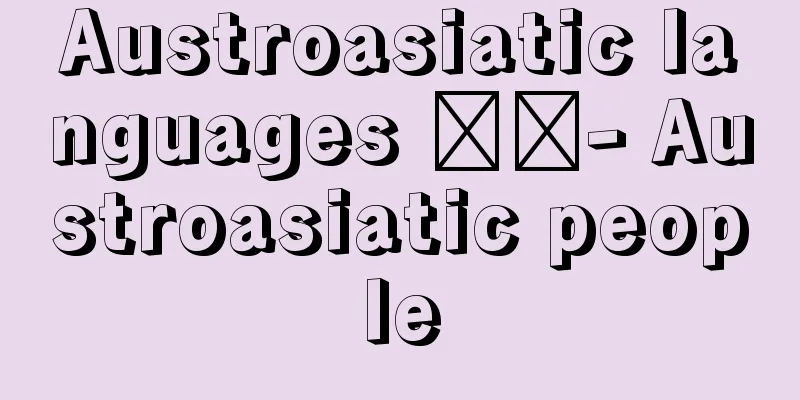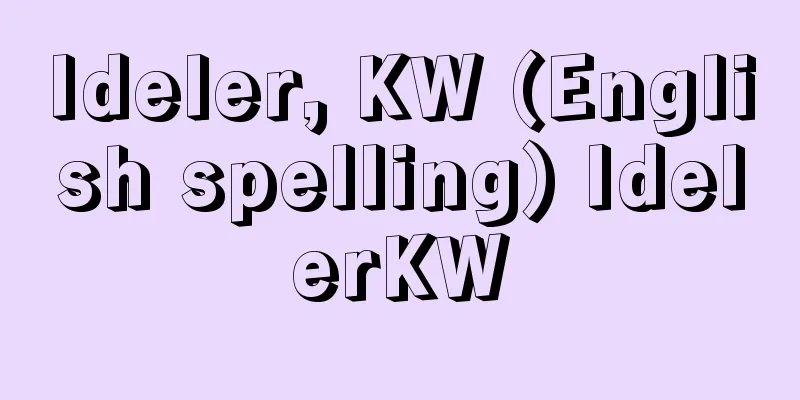Mitsuharu Inoue
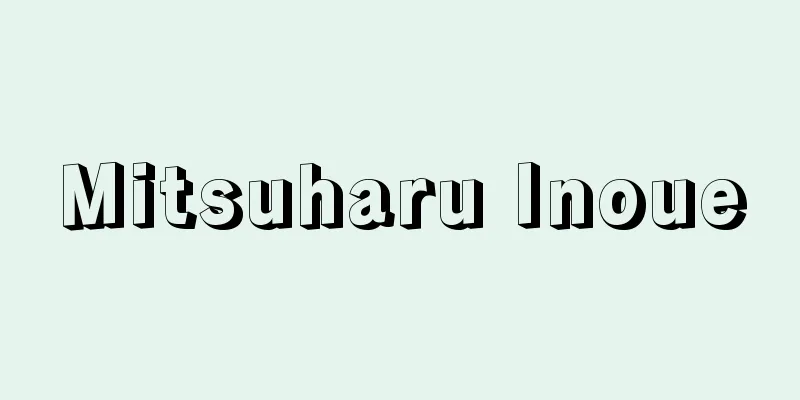
|
Novelist. Born in Port Arthur (now Dalian, China). Worked as a boy at the Kyowa Steel Works in Amagasaki and coal mines in Nagasaki Prefecture while passing the examination for the graduation qualification for middle school. Graduated from the Army's Radio Weapons Technology Training School. During World War II, he was a militarist boy, but after the war, he joined the Japanese Communist Party at the age of 19 due to his interest in the logic of denying the Emperor System. He played an active role as a permanent member of the Nagasaki District and Kyushu Regional Committees. Using these works, he published "The Unwritten Chapter" (1950) and "The Sick Part" (1951) in "New Japanese Literature," which depict the suffering of lower-level party members under the party's bureaucracy. These works were well received in literary circles, but were heavily criticized within the Communist Party, which was one of the reasons for his expulsion from the party. He was denounced as a malicious anti-party element by the mainstream party faction at the time, known as the "Sokanha" faction. However, as a pioneer of criticism of Stalinism, he received enthusiastic support, especially from the younger generation, and during that time he released a succession of powerful works, including "The Two-Headed Eagle" (1952), "Boot Island" (1953), which depicts the tragic fate of Korean miners working in an undersea coal mine in Kyushu on the eve of the Pacific War, and the full-length novel "Fictional Crane" (1960). What these works have in common is his empathy for those living at the bottom of society and his anger toward those who oppress them. Works that bring these themes together include "The Herd of the Earth" (1963), which directly deals with the issues of discriminated burakumin, Koreans in Japan, and discrimination against atomic bomb victims, "Death of a Foreign Country" (1965), which deals with the Korean War, and "Red Handball" (1966), which depicts the poignant reality of abandoned mines. Other powerful works include the international novel "Black Forest" (1967), which depicts the contradictions within the Soviet Union against the backdrop of Stalinist Moscow, his only period novel "The Prostitutes of Maruyama Rankuirou" (1976), "The Kind-Hearted Rebels" (1973), which deals with the young people of modern Tokyo, and the full-length novel "The Possessed" (1981), which depicts the lonely inner life of a man imprisoned for seven years on a false accusation of murder. His poetry collections include "Collection of Poems by Inoue Mitsuharu" (1976) and "Collection of Poems at Eighteen" (1998). His later works include "Nishikai Nuclear Power Plant" (1986) and "Transport" (1989), both of which are themed around nuclear power plants. Other works include the long novel "Underground Waterway" (1987), the collection of works "Salad Camp, North" (1987), and "Insects" (1988), and in 1988 (Showa 63), the first part of "Dark Person" was published (the second part was published in 1989, and the third part in 1991, about six months before his death). After his death in 1992 (Heisei 4), his long novel "Freedom for Us" and "Poetry Collection: A Long Mizo" were published. It is also worth noting that in parallel with these creative activities, he opened literary training centers all over the country and worked hard to train the next generation of writers for many years until his death. [Tsuruo Matsumoto] "The Collected Works of Inoue Mitsuharu," 3 volumes (1965, Keiso Shobo)" ▽ "The New Collected Works of Inoue Mitsuharu," 5 volumes (1974-1980, Keiso Shobo)" ▽ "The Third Collected Works of Inoue Mitsuharu," 5 volumes (1974-1980, Keiso Shobo)" ▽ "Collected Poems of Inoue Mitsuharu" (1976, Shichosha) ▽ "The Complete Collected Works of Inoue Mitsuharu Novels," 15 volumes (1983-1984, Fukutake Shoten) ▽ "Seikai Nuclear Power Plant" (1986, Bungeishunju) ▽ "Underground Sewer" (1987, Iwanami Shoten) ▽ "Salad Camp, North" (1987, Chikuma Shobo) ▽ "Insects" (1988, Ushio Publishing) ▽ "Dark Person, Parts 1-3 (1988, 1989, 1991, Kawade Shobo Shinsha)" ▽ "Transportation" (1989, Bungeishunju) ▽ "Give Us Freedom" (1992, Kodansha) ▽ "Poetry Collection: The Long Ditch" (1992, Kage Shobo) ▽ "Poetry Collection at Eighteen (with Bibliography and Chronology)" (1998, Shueisha) ▽ "An Unwritten Chapter, Summer of Desolation, Time of the Dead, Tomorrow, August 8, 1945, Nagasaki" (Shueisha Bunko) ▽ "The Courtesans of Maruyama Rankuirou, The Host of the Earth" (Shincho Bunko) ▽ "Cruel Embrace" (Kodansha Bunko) ▽ "Following the Mallet of the Heart" (Chuko Bunko) ▽ "New Edition: Guadalcanal Battle Poems (Asahi Bunko)" ▽ "The Skin of the Eyes (Kodansha Bungei Bunko)" ▽ "A Study of Inoue Mitsuharu, by Takano Toshimi (1972, Keiso Shobo)" ▽ "The Smoke Signal Hasn't Yet Been Lifted: Memorial Essays for Inoue Mitsuharu, edited by the Kage Shobo Editorial Department (1994, Kage Shobo)" ▽ "A Whole-Body Novelist: Another Image of Inoue Mitsuharu, by Hara Kazuo (1994, Kinema Junposha)" ▽ "A Man Who Lived to the Full: The 1000 Days of Cancer of Whole-Body Novelist Inoue Mitsuharu, by Yamakawa Akira (1997, Shinchosha)" ▽ "The Human Library of Inoue Mitsuharu, by Inoue Mitsuharu, edited and annotated by Matsumoto Kenichi (1998, Japan Library Center)" ▽ "Ultra Novel Writing Techniques: Lectures by Inoue Mitsuharu at the Literary Training School" by Katayama Taisuke (2001, Kageshobo) [References] | |Source: Shogakukan Encyclopedia Nipponica About Encyclopedia Nipponica Information | Legend |
|
小説家。旅順(現、中国大連(だいれん)市)に生まれる。少年時代から尼崎(あまがさき)共和製鋼所や長崎県の炭鉱などで少年工として働きながら旧制中学卒業資格検定試験に合格。陸軍の電波兵器技術養成所卒業。第二次世界大戦中は軍国少年であったが、戦後は天皇制否定の論理への関心から19歳で日本共産党に入党。長崎地区、九州地方委員会などの常任として活躍。それらを素材にして党の官僚制のもとでの下部党員の苦しみを描いた『書かれざる一章』(1950)や『病める部分』(1951)を『新日本文学』に発表する。それらは文壇的には好評をもって迎えられたが、共産党内から激しく批判され、党から除名される一因となった。悪質な反党分子として当時のいわゆる所感派といわれた党主流派から糾弾された。だがスターリン主義批判の先駆者として若い世代を中心に熱狂的支持を受け、その間に『双頭の鷲(わし)』(1952)や太平洋戦争前夜の九州の海底炭鉱で働く朝鮮人炭鉱夫の悲惨な運命を描いた『長靴島』(1953)や長編小説『虚構のクレーン』(1960)などの力作を次々に発表する。それらに共通するのは社会の底辺で生きる人々への共感と彼らを虐げているものへの怒りであった。それらのテーマを集約した作品としては被差別部落問題、在日朝鮮人問題、被爆者差別の問題を正面から扱った『地の群れ』(1963) や朝鮮戦争を扱った『他国の死』(1965)、『赤い手毱(てまり)』(1966)の廃鉱の痛烈な現実風景などがある。その他にスターリン主義下のモスクワを背景にソビエト内部の矛盾点を描いた国際小説『黒い森林』(1967)、あるいは唯一の時代小説『丸山蘭水楼の遊女たち』(1976)や現代の東京の若者群像を扱った『心優しき叛逆者(はんぎゃくしゃ)たち』(1973)、さらには殺人の冤罪(えんざい)で7年間も拘置所につながれた男の孤独な内面を描いた長編小説『憑(つ)かれた人』(1981)なども重量感のある力作。詩集としては『井上光晴詩集』(1976)、『十八歳の詩集』(1998)などがある。 その後の作品に、原子力発電所をテーマにした『西海原子力発電所』(1986)、『輸送』(1989)がある。そのほかに、長編『地下水道』(1987)、作品集『サラダキャンプ、北へ』(1987)、『虫』(1988)などがあり、さらに1988年(昭和63)には『暗い人』第1部が刊行された(第2部は1989年、第3部は亡くなる半年ほど前の1991年刊行)。没後の1992年(平成4)にも、長編『自由をわれらに』や『詩集 長い溝』が刊行されている。これらの創作活動と並行して全国各地に文学伝習所を開設し、没するまで長年後輩の育成に努めたことも特記に値しよう。 [松本鶴雄] 『『井上光晴作品集』全3巻(1965・勁草書房)』▽『『井上光晴新作品集』全5巻(1974~1980・勁草書房)』▽『『井上光晴第三作品集』全5巻(1974~1980・勁草書房)』▽『『井上光晴詩集』(1976・思潮社)』▽『『井上光晴長編小説全集』全15巻(1983~1984・福武書店)』▽『『西海原子力発電所』(1986・文芸春秋)』▽『『地下水道』(1987・岩波書店)』▽『『サラダキャンプ、北へ』(1987・筑摩書房)』▽『『虫』(1988・潮出版社)』▽『『暗い人』第1~3部(1988、1989、1991・河出書房新社)』▽『『輸送』(1989・文芸春秋)』▽『『自由をわれらに』(1992・講談社)』▽『『詩集 長い溝』(1992・影書房)』▽『『十八歳の詩集(書誌・年譜付き)』(1998・集英社)』▽『『書かれざる一章』『荒廃の夏』『死者の時』『明日 一九四五年八月八日・長崎』(集英社文庫)』▽『『丸山蘭水楼の遊女たち』『地の群』(新潮文庫)』▽『『残酷な抱擁』(講談社文庫)』▽『『胸の木槌にしたがえ』(中公文庫)』▽『『新編・ガダルカナル戦詩集』(朝日文庫)』▽『『眼の皮膚』(講談社文芸文庫)』▽『高野斗志美著『井上光晴論』(1972・勁草書房)』▽『影書房編集部編『狼煙(のろし)はいまだあがらず――井上光晴追悼文集』(1994・影書房)』▽『原一男著『全身小説家――もうひとつの井上光晴像』(1994・キネマ旬報社)』▽『山川暁著『生き尽くす人――全身小説家・井上光晴のガン一〇〇〇日』(1997・新潮社)』▽『井上光晴著、松本健一編・解説『人間図書館 井上光晴』(1998・日本図書センター)』▽『片山泰佑著『「超」小説作法――井上光晴文学伝習所講義』(2001・影書房)』 [参照項目] | |出典 小学館 日本大百科全書(ニッポニカ)日本大百科全書(ニッポニカ)について 情報 | 凡例 |
Recommend
Allyl Chloride - Allyl Chloride
3-chloropropene. C 3 H 5 Cl (76.53). CH 2 =CHCH 2...
Council of Chalcedon - Chalcedonian Council
The Fourth Ecumenical Council was held in Chalcedo...
Kamigamo Shrine
Common name for Kamo Wakeikazuchi Shrine, a shrine...
Thermite process - Thermite method
A refining method that utilizes the thermite reac...
Empress Dowager Xuanren (English: Empress Dowager Xuanren)
[Born] Meido 1 (1032) [Died] Gen'yu 8 (1093).9...
LCM (Mathematics)
...The smallest common multiple of some natural n...
Kamenka, A.
...It was also during this period that "avan...
External costs - external costs
...On the other hand, when pollution such as nois...
Mount Bandai
A volcano located in the northern part of Fukushi...
Functional Layer - Yesterday
…Then, when the corpus luteum is formed, it begin...
Jalappa - Yarappa (English spelling)
A perennial vine of the Convolvulaceae family (AP...
Aeta
…meaning "little blacks" in Spanish, it...
Koto District
The name of an area in eastern Tokyo. In the past,...
Reformation - Kaikakuha
They were descendants of Murata Seifu, who carried...
Kakko Dance - Kakko Dance
〘Noun〙 A type of folk performing art. A group of p...
